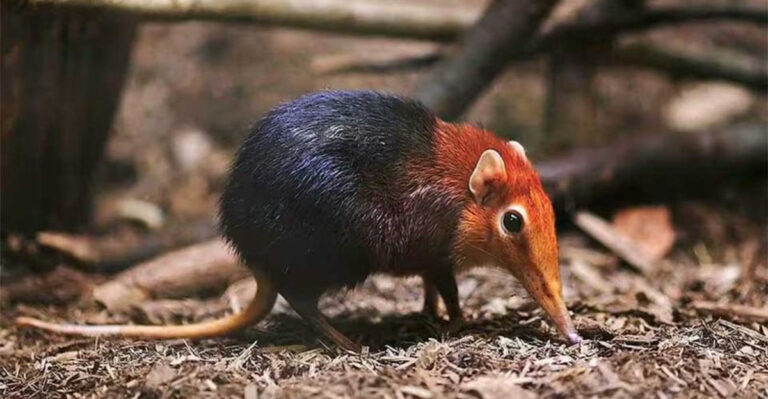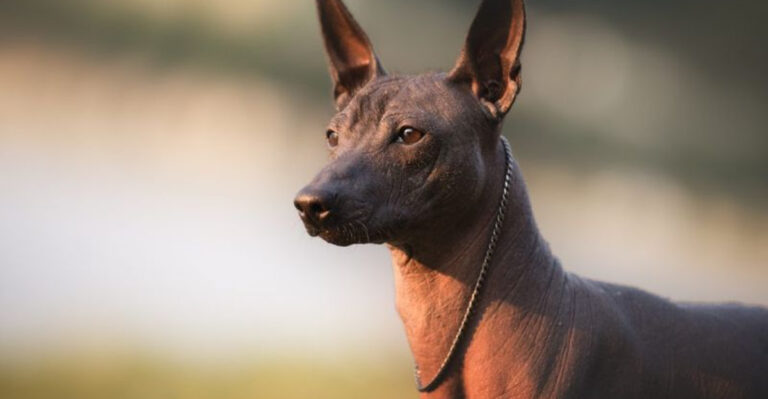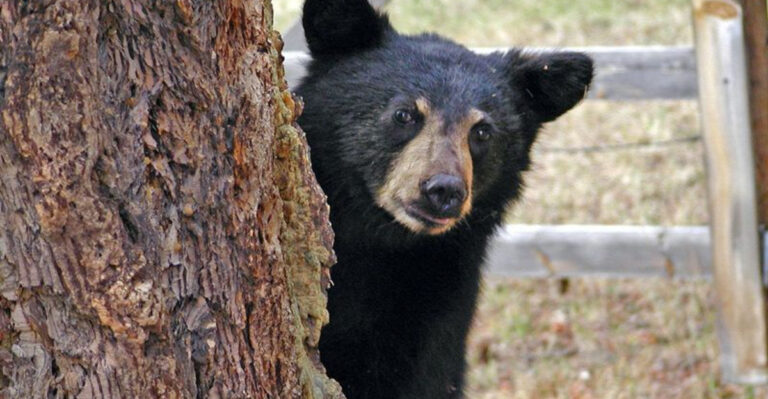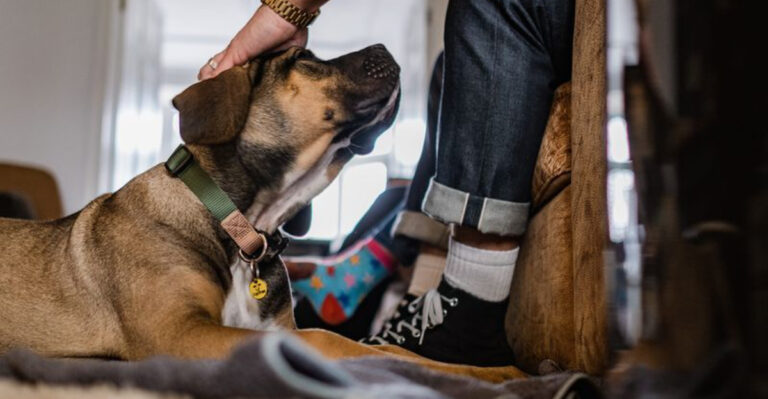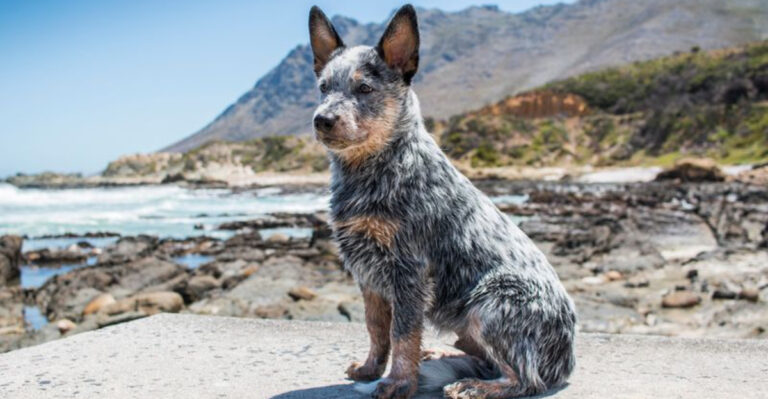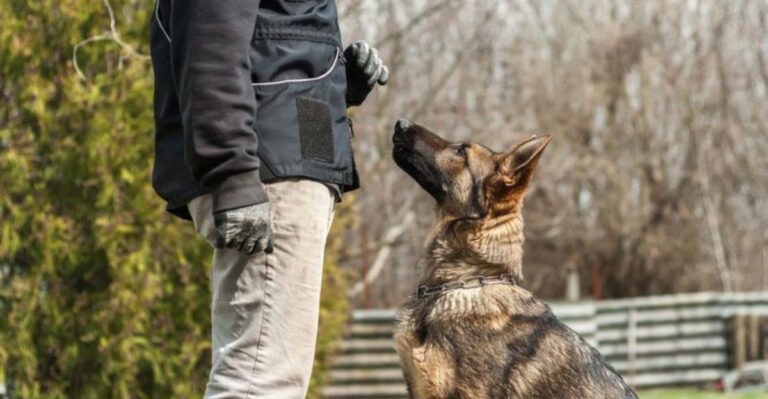12 Incredible Facts About The History Of Dog And Human Friendship
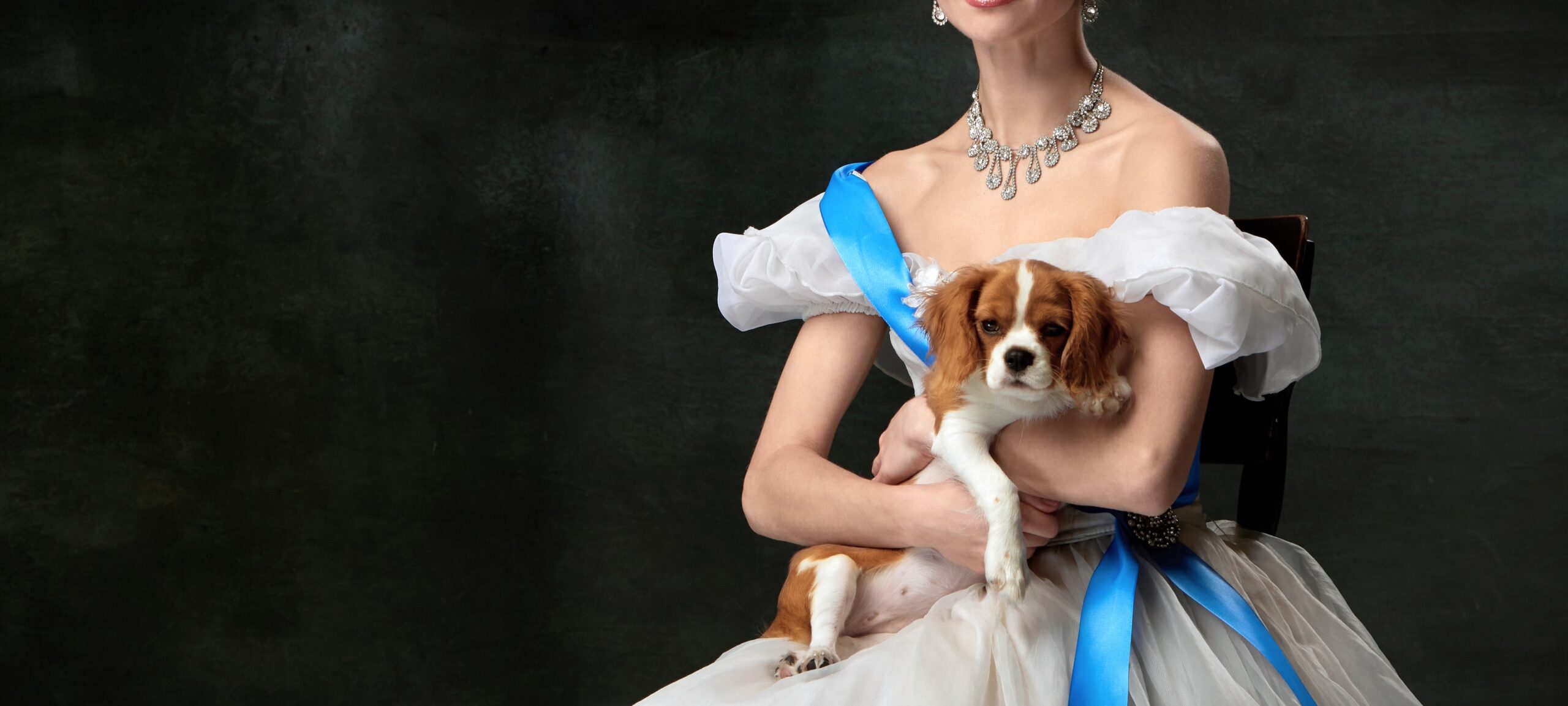
The bond between humans and dogs is one of the most extraordinary relationships in history. Spanning thousands of years, this friendship has evolved, shaped, and enriched the lives of both species.
From hunting alliances in ancient times to today’s beloved family companions, dogs have been loyal partners every step of the way. This list uncovers incredible facts about this enduring friendship, each offering a unique glimpse into how these amazing animals have become more than just pets.
1. Ancient Hunting Buddies
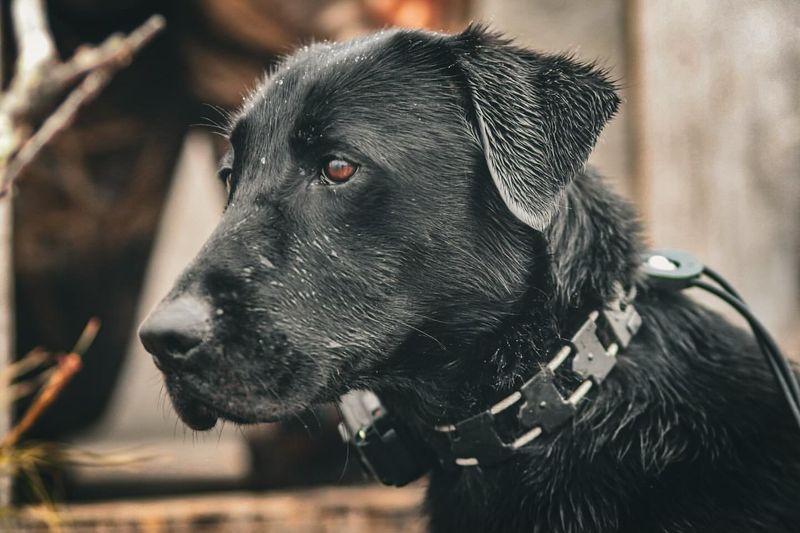
Long before dogs were curled up on our sofas, they were our hunting partners. In prehistoric times, humans and wolves formed a partnership that significantly benefited both species. Wolves, later evolving into domestic dogs, provided hunting support, while humans shared food and warmth.
This mutually beneficial alliance laid the foundation for the deep bond we cherish today. Archaeological evidence reveals that ancient humans selectively bred wolves with favorable traits, eventually leading to the diverse dog breeds we see now.
These early collaborations were crucial for survival, as both species worked together to hunt large prey. The shared experiences and mutual reliance helped cement a connection that endures. Imagine a world where teamwork was essential for survival, and you’ll understand the importance of this early bond.
While today’s dogs may not need to hunt for their supper, their loyalty and instinct to protect remain ingrained. This aspect of their nature continues to be celebrated, as dogs have transitioned from hunting partners to beloved companions.
2. The First Domesticated Dogs
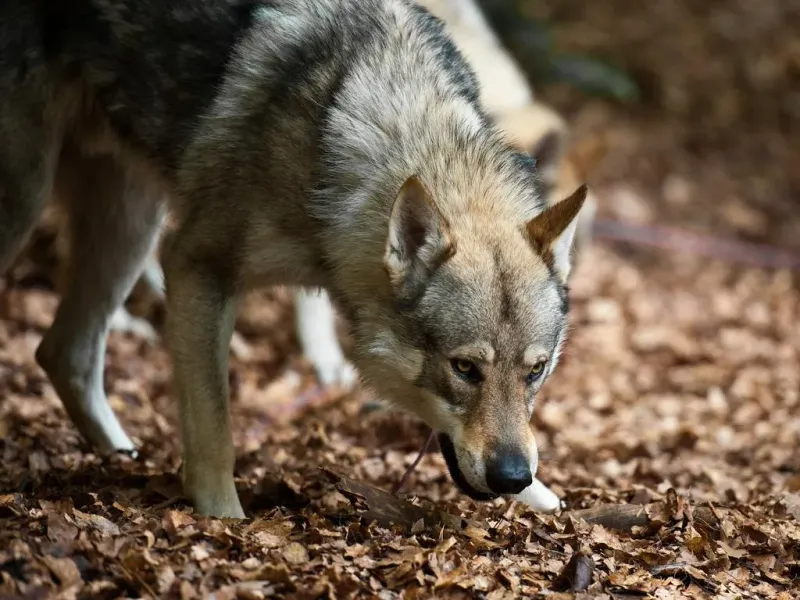
The journey from wild wolf to domestic dog is a fascinating tale of adaptation and companionship. Around 14,000 to 17,000 years ago, humans began domesticating wolves, leading to the first domesticated dogs.
These early dogs were more than just helpers; they became integral parts of human communities. By living closely with humans, dogs adapted to our ways of life. Their presence provided safety, warmth, and companionship, while they, in return, gained food and shelter.
This early domestication marked a pivotal moment in human history, altering the dynamics of how humans interacted with animals. As dogs evolved, so did their roles. No longer just protectors or hunting partners, they became friends.
This early companionship laid the groundwork for the multifaceted relationships we have with dogs today. It’s a testament to the power of adaptation, as both humans and dogs adjusted to each other’s needs and behaviors.
3. Dogs In Ancient Mythology
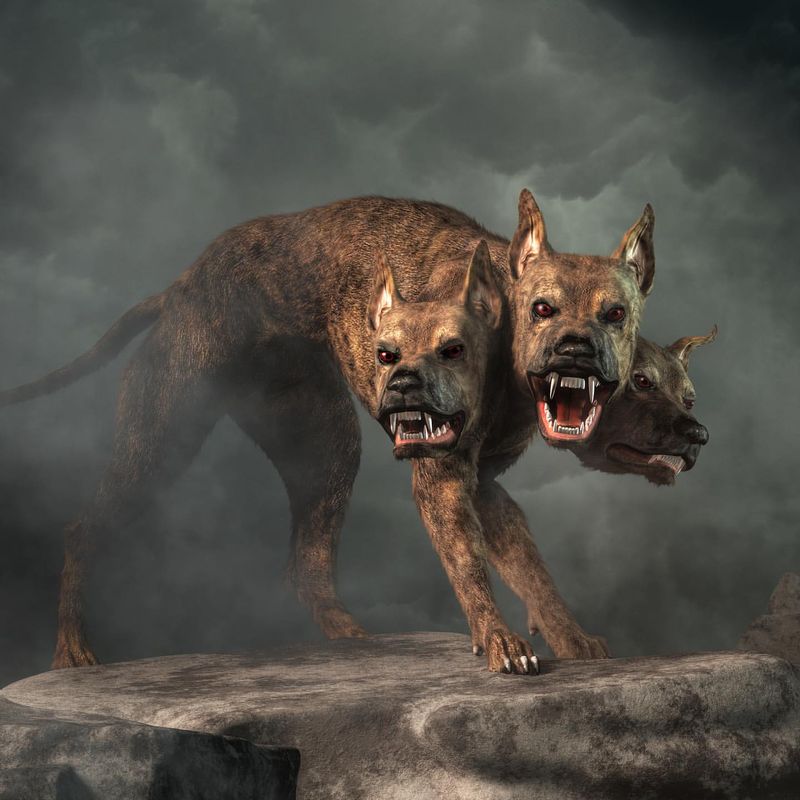
Dogs have held a significant place in mythology across various ancient cultures. In Egypt, Anubis, the god of the afterlife, was often depicted with a canine head, symbolizing protection and guidance for souls in the afterlife. This reverence highlights the esteemed position dogs held in these societies.
In Greek mythology, Cerberus, the three-headed dog, guarded the gates of the underworld, showcasing the perception of dogs as protectors. These mythical depictions illustrate how ancient civilizations viewed dogs as powerful, spiritual beings.
Such mythological roles underscore the deep connection between humans and dogs throughout history. By attributing canine characteristics to deities, ancient cultures expressed their admiration and respect for dogs.
These stories reflect the timeless nature of the human-dog bond, which transcends mere companionship, elevating dogs to the status of revered figures.
4. Dogs In The Middle Ages
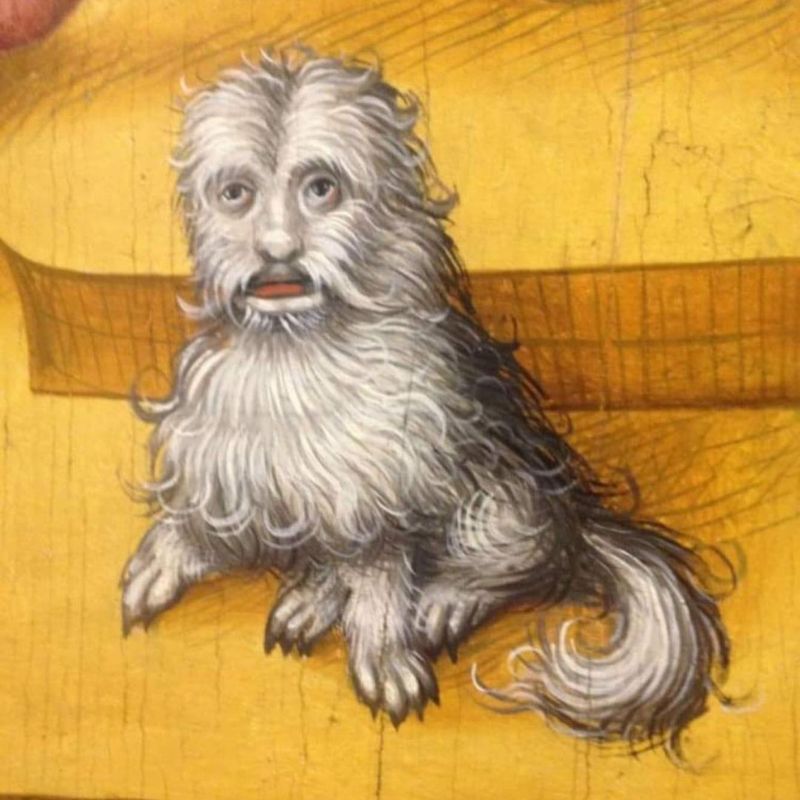
In the Middle Ages, dogs were more than mere companions; they were symbols of status and loyalty. Nobles and royalty frequently kept dogs, not just for hunting but also as cherished pets. These dogs were often pampered, enjoying privileges that reflected their owners’ wealth and status.
During this period, dogs began to appear in art and literature, symbolizing loyalty and friendship. They were featured in tapestries, paintings, and manuscripts, often portrayed alongside their human counterparts.
The role of dogs in medieval society highlights the evolving nature of the human-dog relationship. From practical partners in hunting, they transformed into symbols of nobility and fidelity. On top of it, medieval paintings of dogs may look funny to us today! But the stylistic choice was deliberate – they gave dogs human features in order to show how close they are to us.
This transition marks an important chapter in the shared journey of humans and dogs, showcasing how cultural perceptions influenced their roles and significance.
5. The Victorian Era’s Canine Revolution
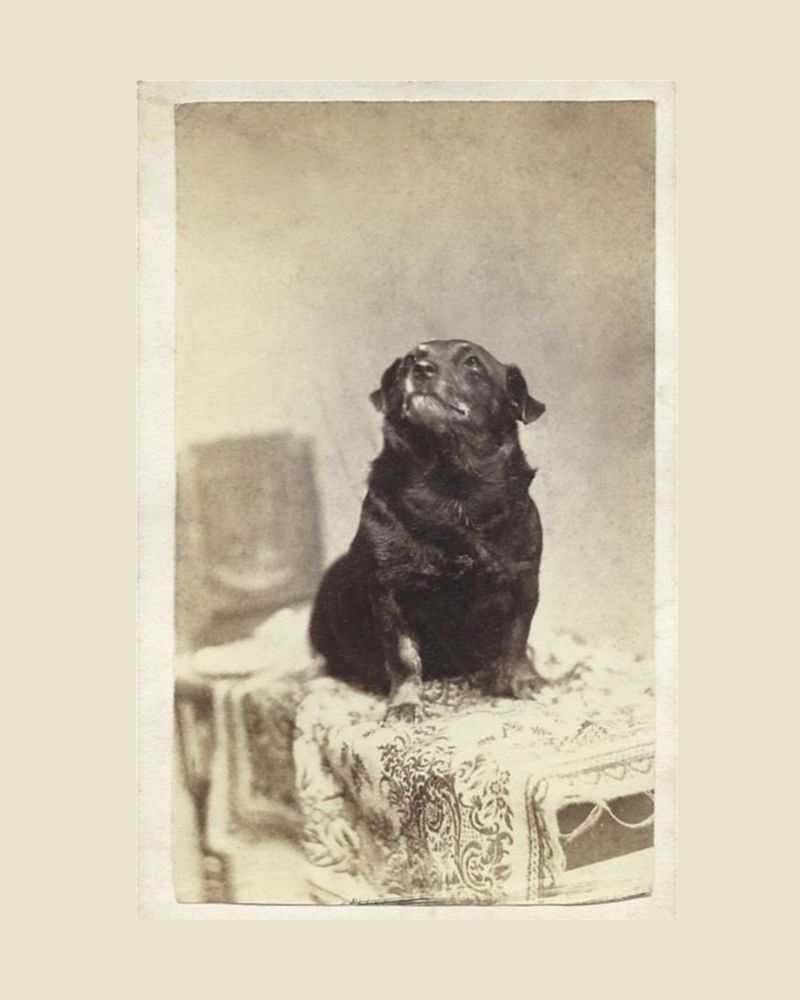
The Victorian era was a turning point in the history of dogs, characterized by the rise of dog breeding and the establishment of canine societies. This period saw the proliferation of dog shows, with breeds being carefully developed and standardized.
Victorian society placed great emphasis on dogs as companions, leading to the popularization of pet ownership. Dogs were no longer just functional; they were family members.
This era marked the beginning of the modern pet industry, with dog food, accessories, and veterinary care becoming more widely available. The shift in how dogs were perceived during the Victorian era laid the groundwork for contemporary attitudes toward pet ownership.
It was a time when dogs began to be appreciated for their companionship and individuality, setting the stage for the diverse roles they play in our lives today.
6. Dogs At War
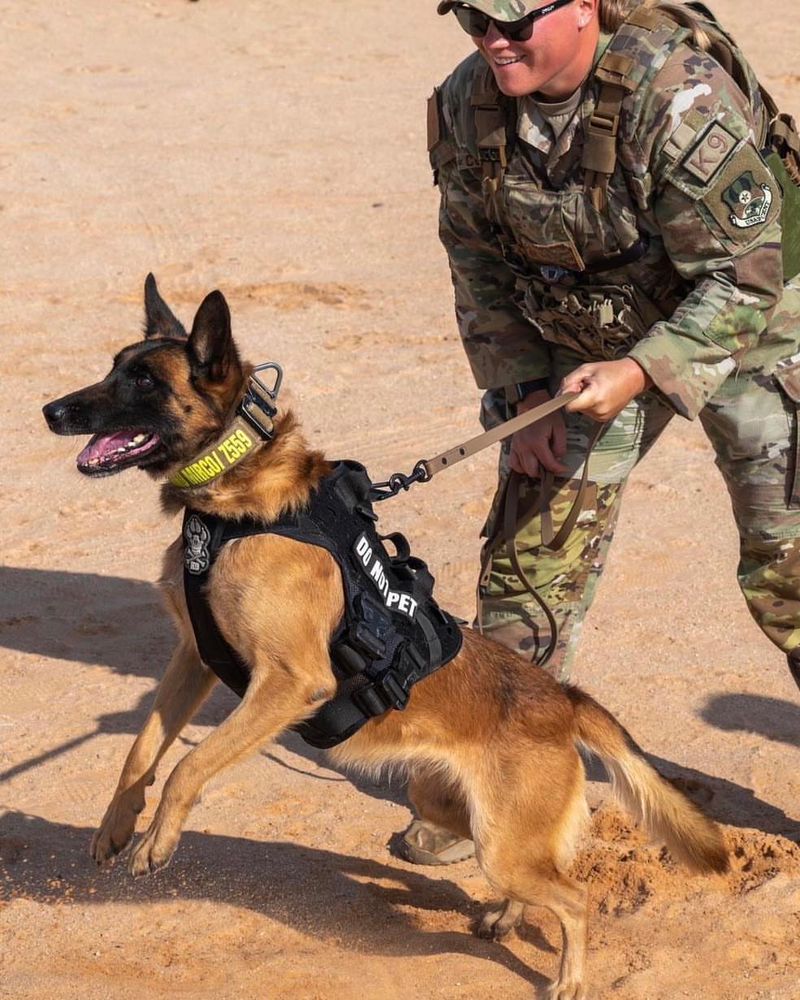
Dogs have played crucial roles in warfare, serving alongside soldiers as messengers, scouts, and medics. During World War I and II, dogs were employed for their keen senses and loyalty, often risking their lives to deliver messages across battlefields.
Red Cross dogs were trained to find wounded soldiers, bringing aid and comfort in times of distress. Their bravery and dedication earned them medals and accolades, highlighting their indispensable contributions during the war efforts.
The legacy of military dogs continues, with canines serving in modern armies worldwide. Their roles have expanded, yet the core qualities of loyalty and bravery remain unchanged. Dogs at war exemplify the strength of the human-canine bond, where trust and cooperation lead to extraordinary acts of heroism.
7. Pioneers Of Assistance
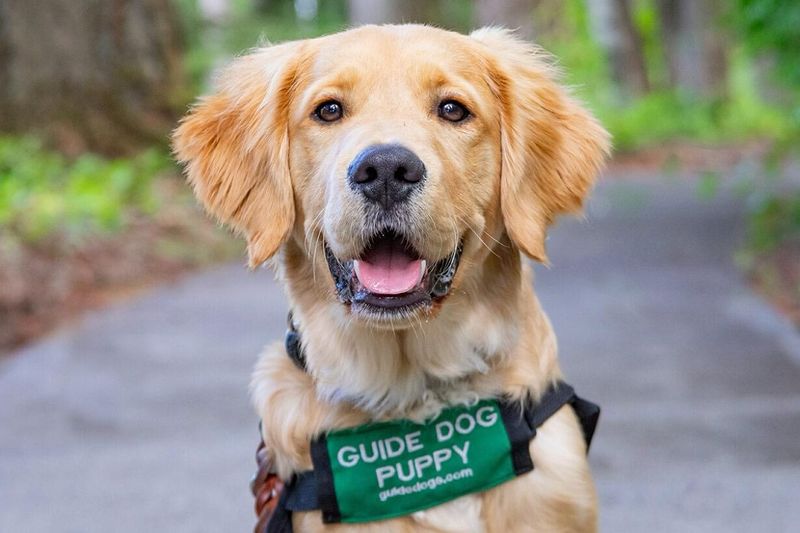
The introduction of guide dogs revolutionized the concept of canine assistance. In the 1920s, the first guide dog schools were established, transforming the lives of visually impaired individuals.
This innovation opened new avenues for independence and mobility, with dogs becoming more than just companions. Guide dogs are meticulously trained to navigate various environments, ensuring the safety of their handlers.
Their roles require intelligence, patience, and an unbreakable bond with their human partners. The impact of guide dogs extends beyond practical assistance, offering emotional support and companionship.
The success of guide dogs has inspired the development of other assistance roles, from therapy dogs to service dogs for individuals with different needs. This pioneering spirit underscores the versatility and adaptability of dogs, reinforcing their place as invaluable allies in human lives.
8. Dogs In Space
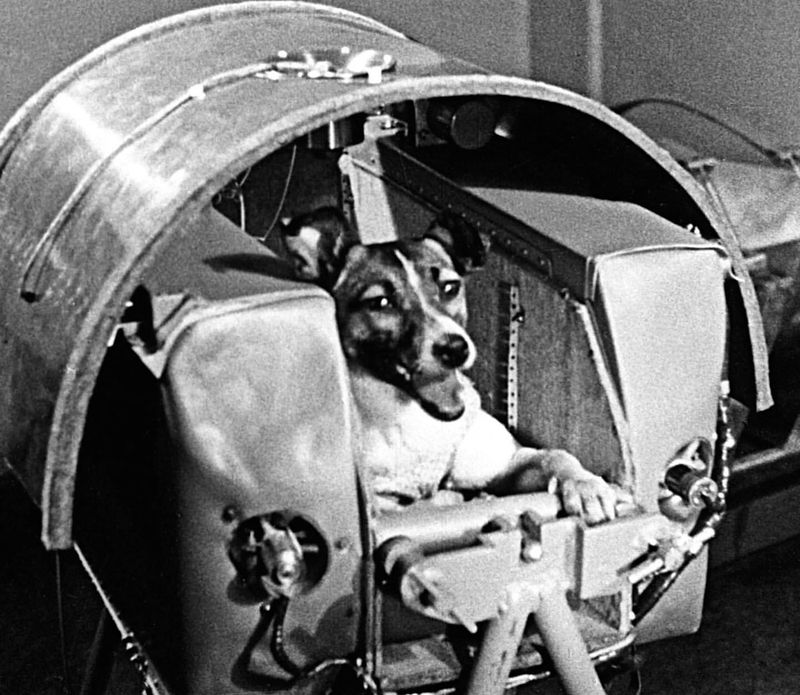
In the quest for space exploration, dogs became unlikely astronauts. During the 1950s and 60s, the Soviet Union sent dogs into space to study the effects of space travel on living organisms. Laika, the most famous space dog, became the first animal to orbit Earth in 1957.
These canine pioneers provided crucial data that paved the way for human spaceflight. Their missions were not without risk, but their contributions were invaluable to scientific progress. Laika’s journey, though tragic, remains a significant milestone in the history of space exploration.
The story of dogs in space illustrates the lengths to which humans and dogs have ventured together, pushing beyond earthly boundaries. It is a testament to the courage and resilience shared by both species, forever marking dogs as pioneers in one of humanity’s greatest endeavors.
9. Therapy Dogs
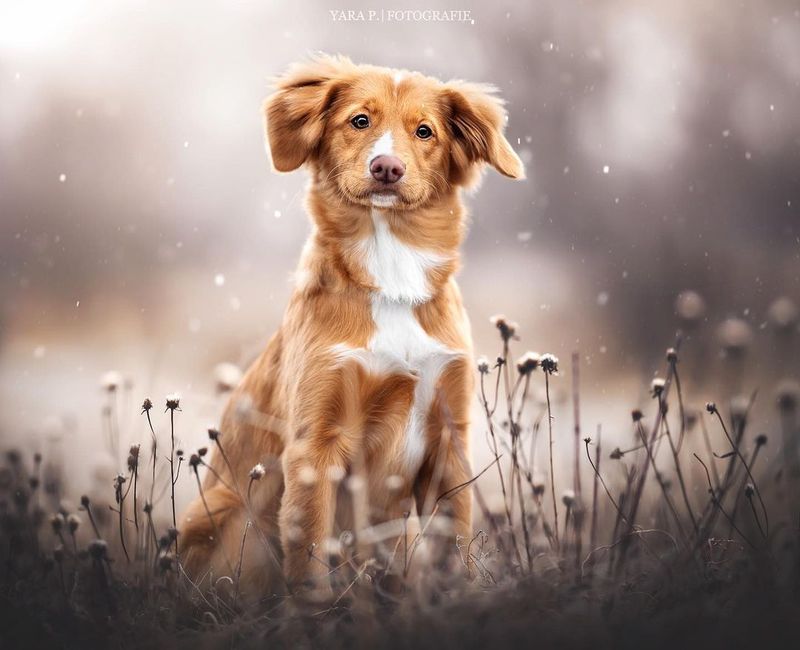
The use of therapy dogs has become increasingly popular, highlighting their therapeutic value in various settings. These dogs provide comfort and support to individuals facing physical, emotional, or psychological challenges, offering a unique form of healing.
Therapy dogs are trained to be calm, gentle, and responsive, making them ideal companions in hospitals, nursing homes, and rehabilitation centers. Their presence can reduce stress, anxiety, and loneliness, promoting a sense of well-being.
The bond between therapy dogs and those they help is profound, illustrating the power of human-animal connections.
By offering unconditional love and companionship, therapy dogs play a vital role in enhancing the quality of life for countless individuals, showcasing the emotional depth of the human-canine friendship.
10. Dogs In Pop Culture
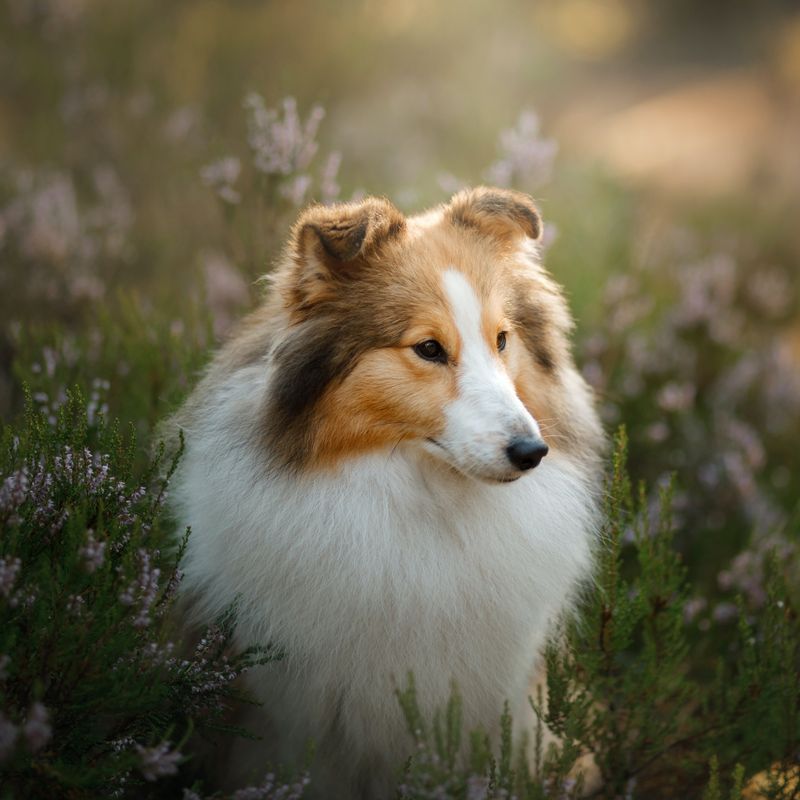
Dogs have become iconic figures in pop culture, starring in movies, TV shows, and books. From Lassie to Scooby-Doo, these canine characters have captured the hearts of audiences worldwide, leaving lasting impressions.
Their popularity in media reflects society’s enduring love for dogs and their roles as heroes, sidekicks, and comedic relief. These characters often embody traits we admire in real dogs, such as loyalty, bravery, and a sense of adventure.
The influence of dogs in pop culture extends beyond entertainment, shaping perceptions and inspiring countless people to welcome dogs into their homes.
Through these fictional representations, the timeless appeal and charm of dogs continue to resonate, highlighting their significance in our shared cultural narrative.
11. The Rise Of Dog Sports
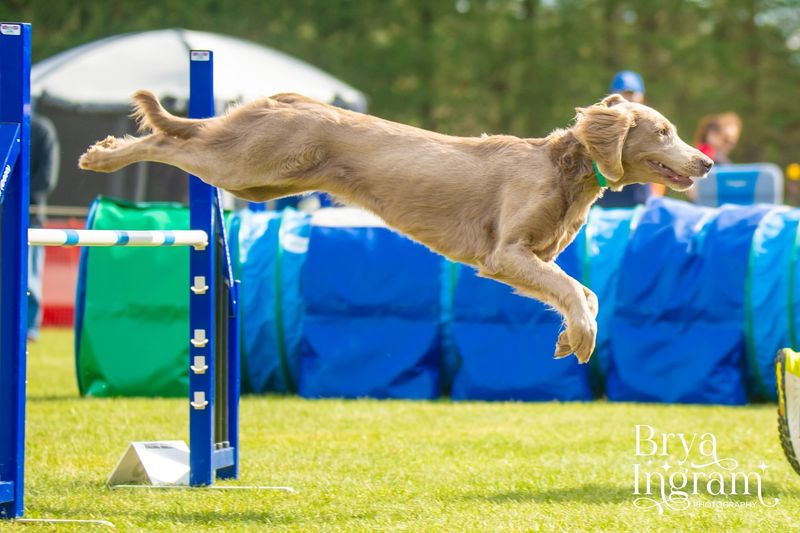
Dog sports have gained tremendous popularity, showcasing the athleticism and intelligence of our canine companions. From agility to flyball, these activities offer dogs and their owners opportunities to bond through shared challenges and achievements.
Participating in dog sports enhances physical fitness and mental stimulation for both dogs and humans. It fosters teamwork, communication, and trust, strengthening the bond between handlers and their furry friends.
The rise of dog sports reflects the evolving nature of the human-dog relationship, where fun and companionship take center stage. These activities celebrate the abilities and talents of dogs, enriching their lives and highlighting the joy they bring to ours.
12. Dogs As Social Media Stars
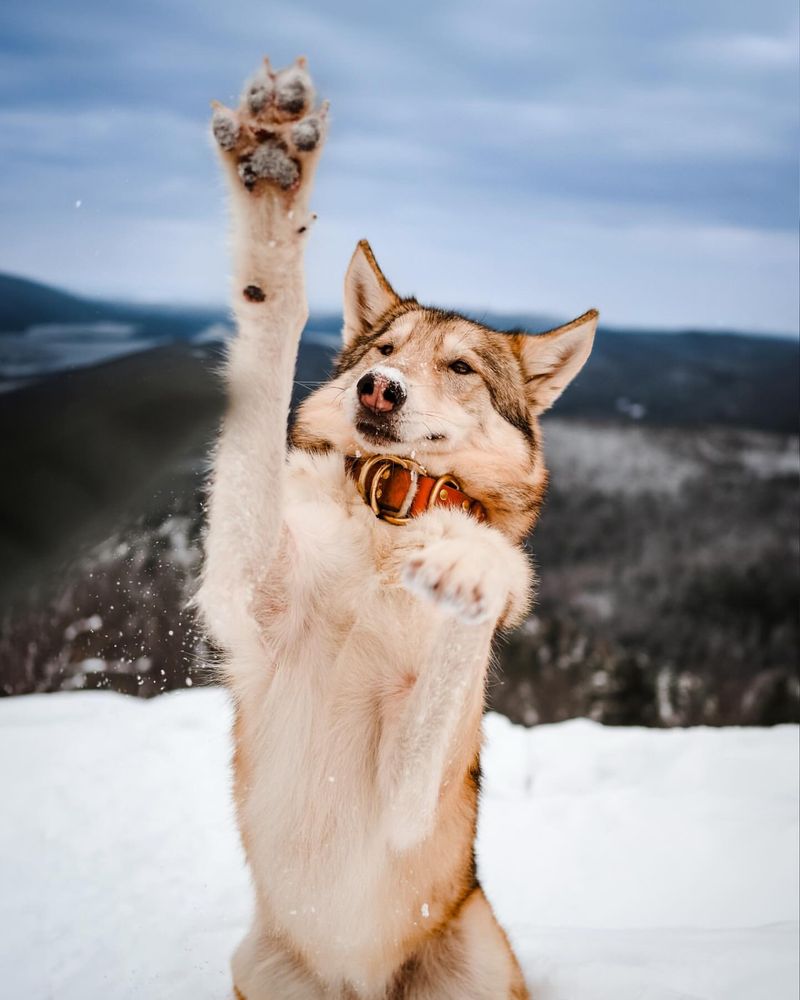
In the age of social media, dogs have emerged as influential figures, amassing followers and spreading joy across digital platforms. These canine celebrities charm audiences with their antics, personalities, and adorable appearances.
Dog influencers have become trendsetters, promoting products and causes while engaging with fans worldwide. Their popularity underscores the universal appeal of dogs and the positive impact they have on our lives.
The rise of dogs as social media stars highlights the adaptability of the human-dog bond in the digital era.
It showcases the endless possibilities for connection and creativity, as dogs continue to inspire smiles and laughter in the virtual world. This phenomenon exemplifies how the timeless charm of dogs transcends traditional media, reaching new heights.

